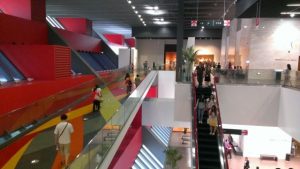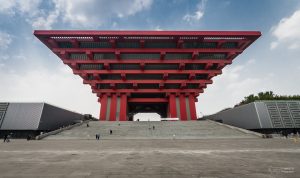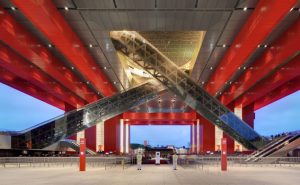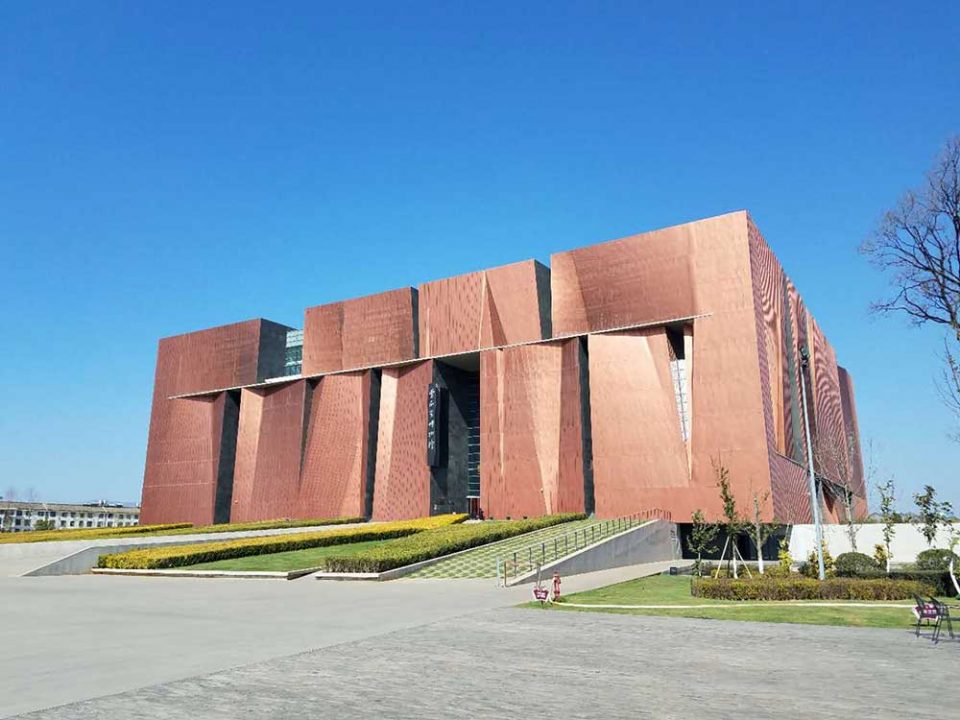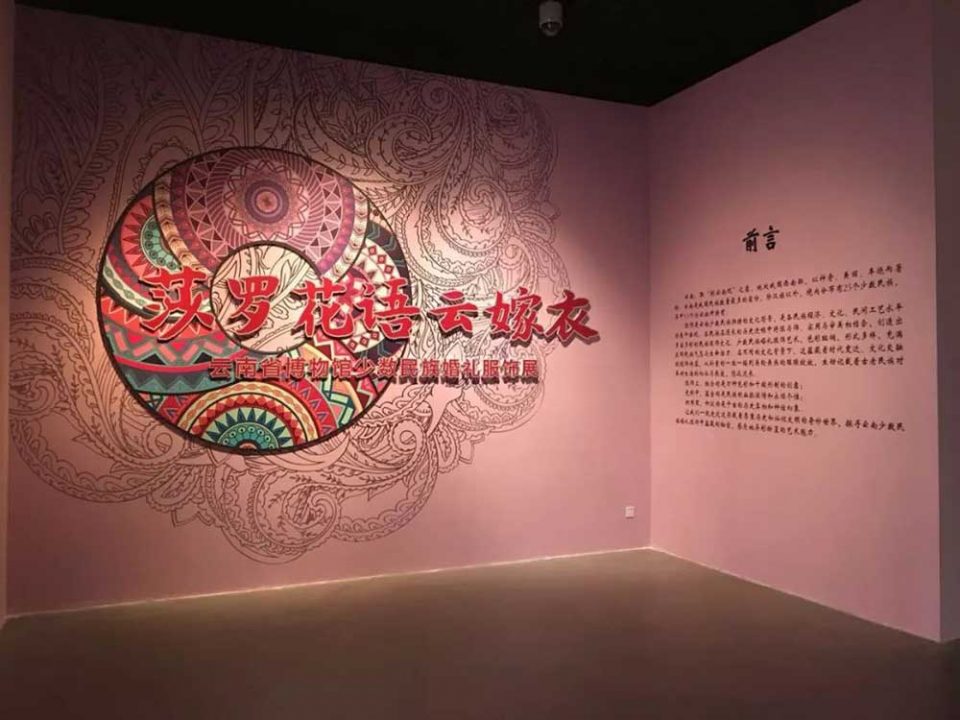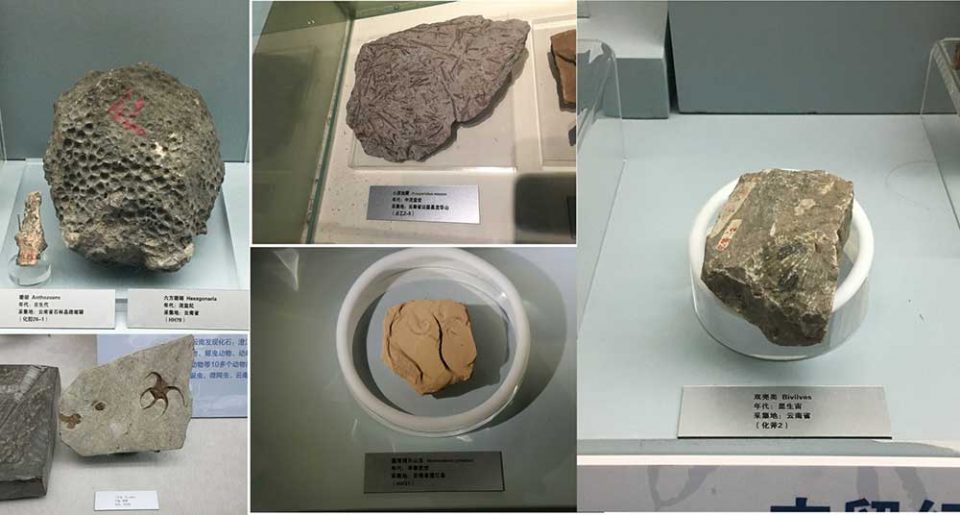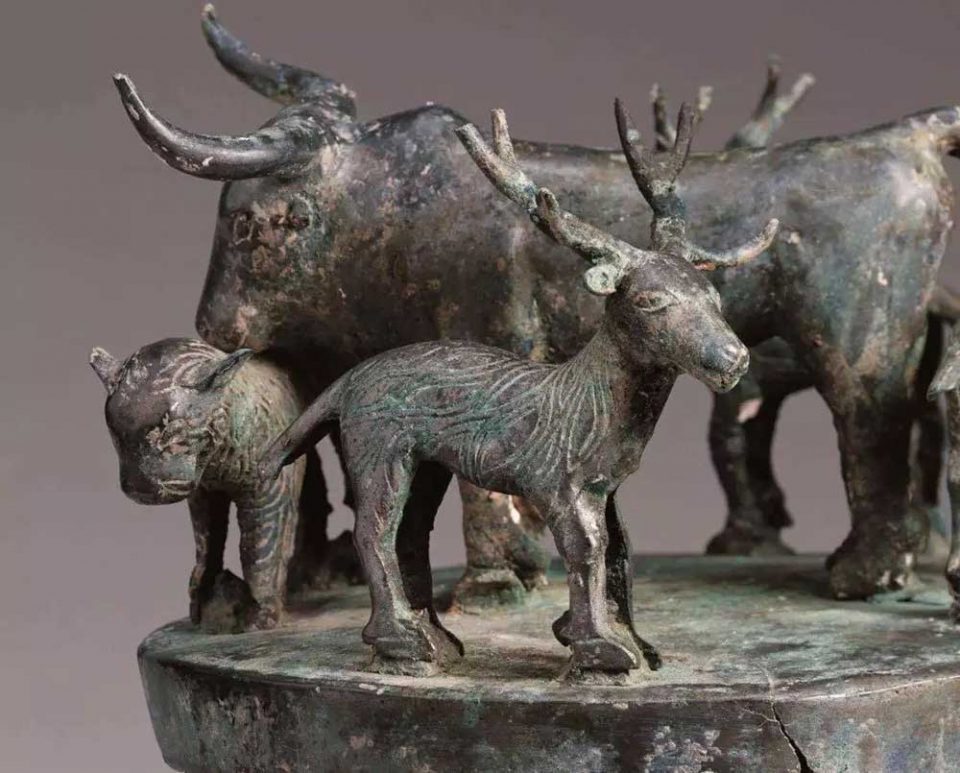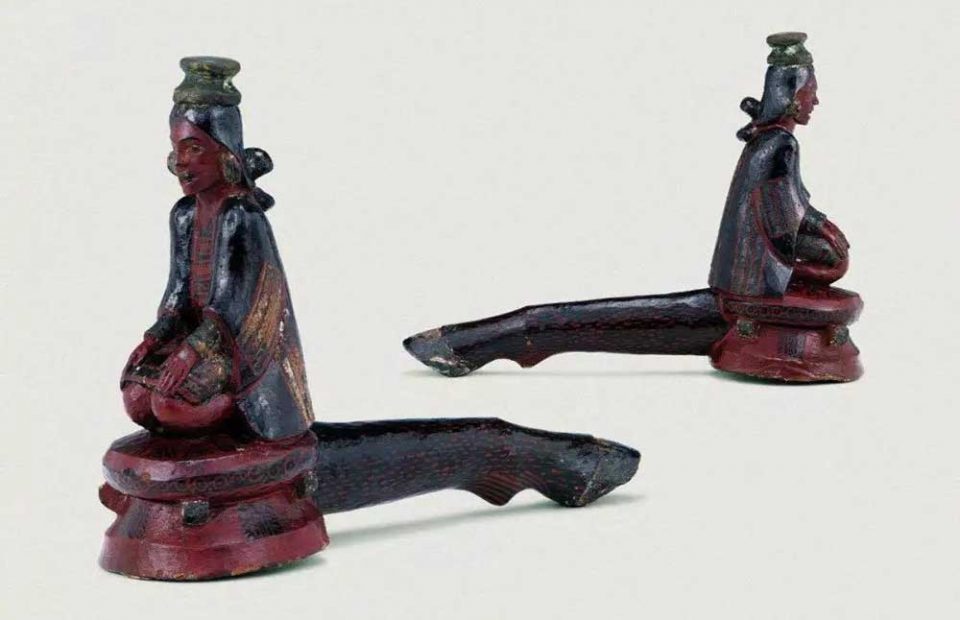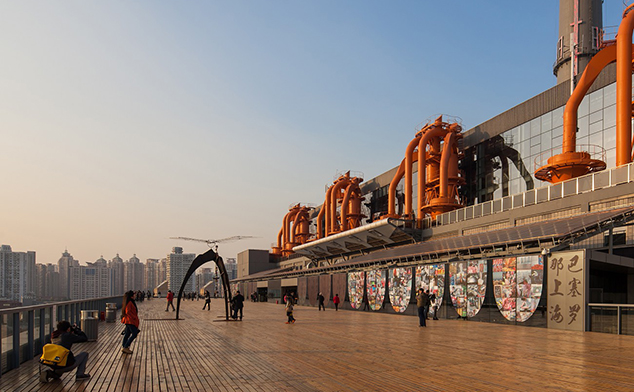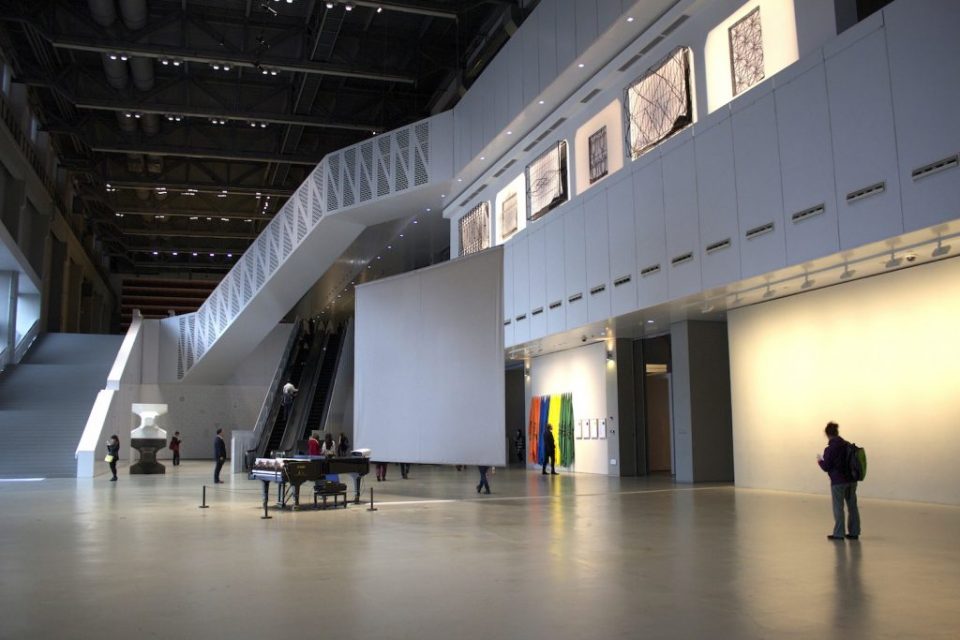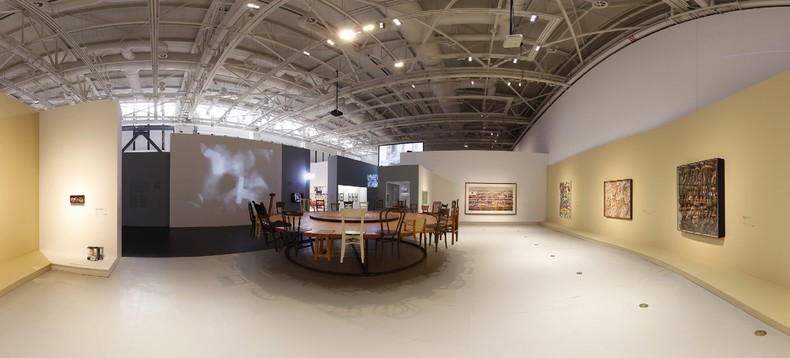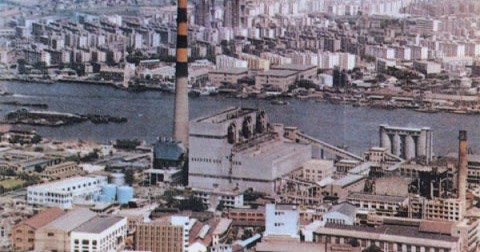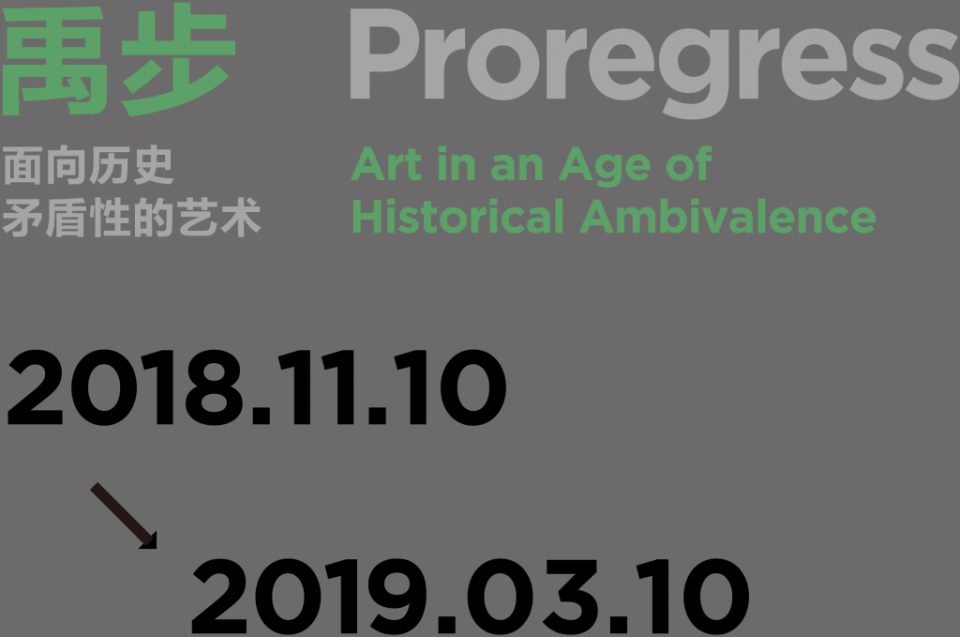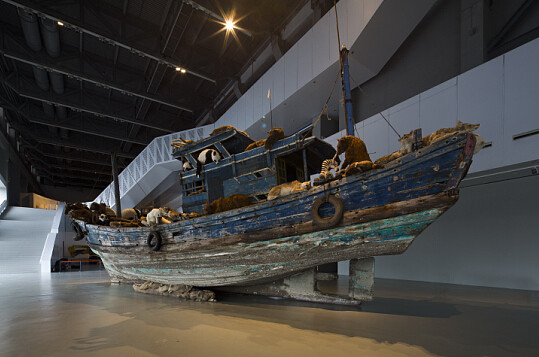The Hubei Provincial Museum (link)is located in the Wuchang District of Wuhan, Hubei Province. Established in 1953, the museum moved to its present location in 1960 and gained its present name in 1963. Since 1999 a number of new buildings have been added. The particular importance of several of the archaeological items in the museum’s collection has been recognized by the national government by including them into the short list of Chinese cultural relics forbidden to be exhibited abroad.

The building design, is based on traditional Chu culture’s architectural style. The complex features exhibition halls, high platforms, wide, multi-layered eaves, a large sloped roof and three buildings. In its great height, plan and other architectural features it reflects the overall layout Chu axial symmetry of a temple. Its construction area reaches 42,532 square meters, the exhibition hall covers an area of 13,427 square meters.

As the only comprehensive provincial museum, it contains 200,000 cultural relics discovered in the province ranging from ancient jade and bronze vessels, musical instruments, ceramics. Among these cultural relics, 812 are listed as first-class relics of China and 16 are considered national treasures. Hubei Provincial Museum is divided into three parts: the Chime Bells Exhibition Hall, the Chu (a state in the Spring and Autumn Period (770 – 476 BC)) Culture Exhibition Hall and the Comprehensive Exhibition Building.
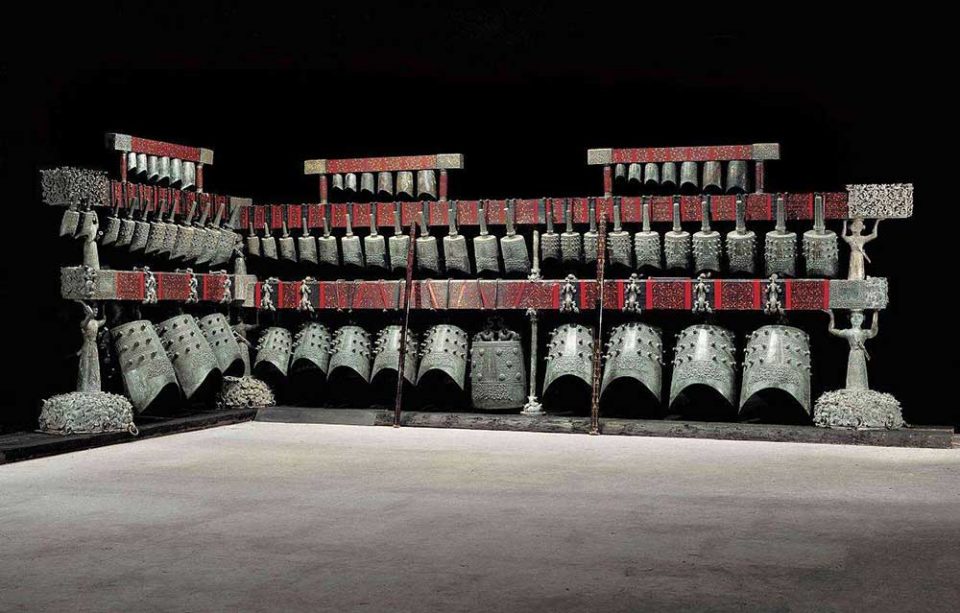
The Chime Bells Exhibition Hall contains two parts: the Exhibition Hall and the Music Hall. In the Exhibition Hall you can see many cultural relics that have been unearthed from the tomb of Yi (the king of the Zeng Sate in the Warring States Period (476 – 221BC). The most famous treasure is the Chime Bells, which is the largest bronze musical instrument ever discovered. With a set of bells of different sizes it can play various tones of the musical scale. In the Music Hall, musicians wearing ancient clothes play a replica of the Chime Bells every day.
The Chu Culture Exhibition Hall are exposed bronze vessels, lacquer works, bamboo and wooden artifacts, and silk knitted products. There are also various ancient weapons of the Chu State such as the sword of Goujian (the king of the Yue State in the Spring and Autumn Period) and the shaft of Fu Chai (the king of the Wu State in the Spring and Autumn Period). After careful restoration, some of the chariots and horses of the Chu State are now displayed in this hall. Moreover, houses where the Chu population lived were rebuilt in order to give visitors a direct impression of the ancient Chu people’s lives.
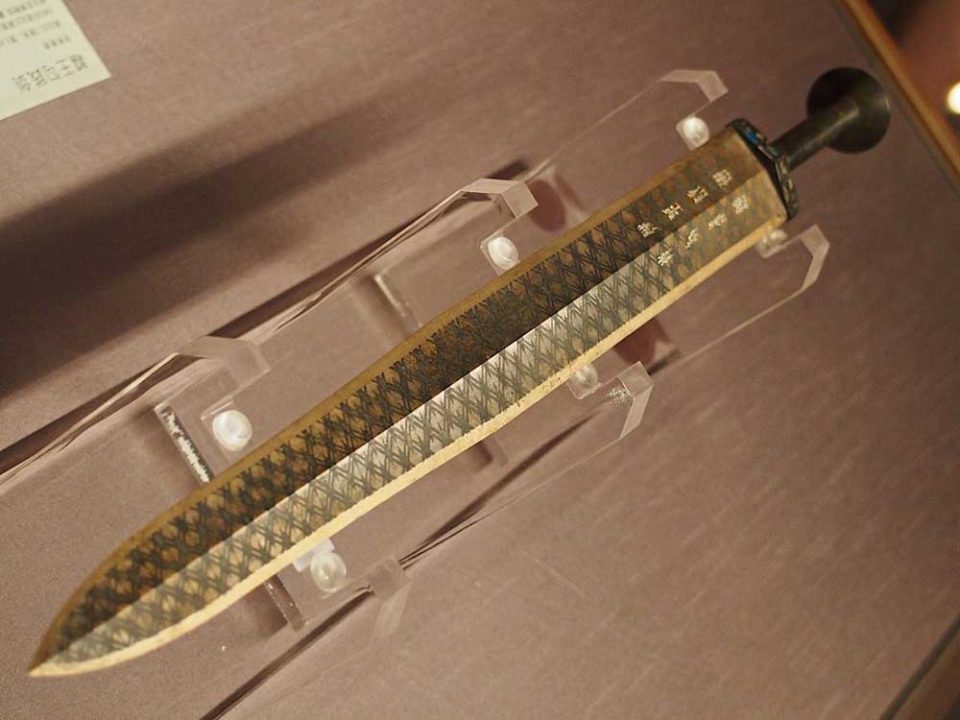


VISIT
Address: No. 160,East Lake Road,Wuchang District,Wuhan City,Hubei Province
Opening Hours: from Tuesday to Sunday 09: 00-17: 00 (no admission after 16:00), closed on Mondays (except legal holidays) and New Year’s Eve
CONTACTS:
Telephone: 027-86794127 / 027-86790329
Website: http://www.hbww.org/Home/EnglishIndex.aspx
Credits:
Photo credits:








